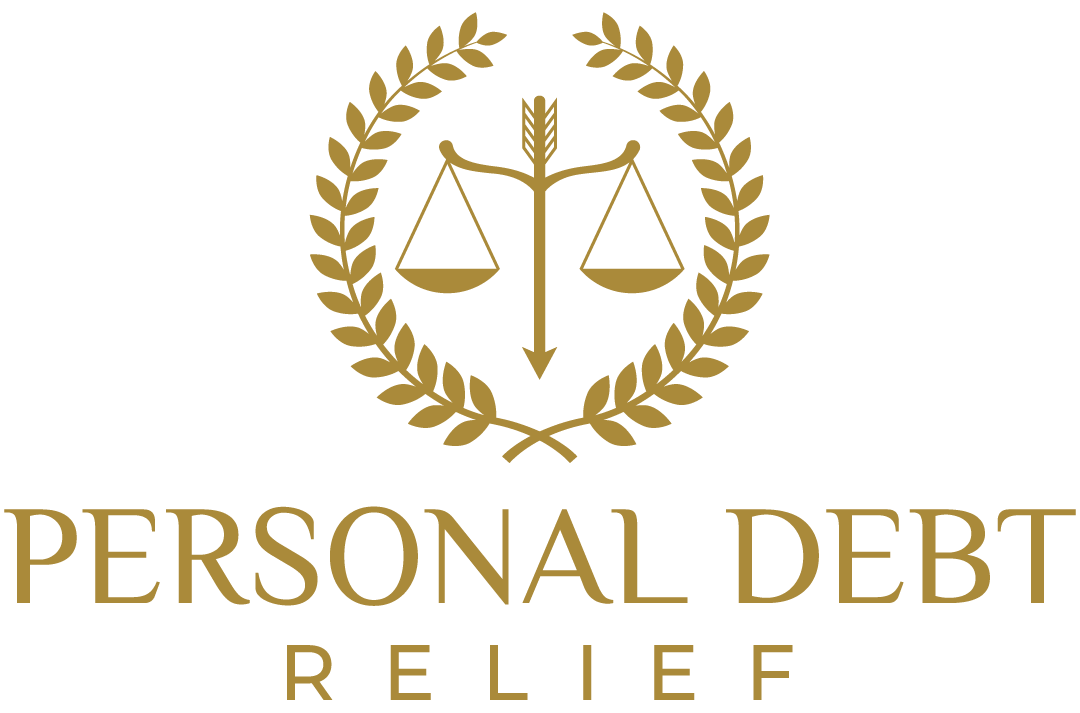Introduction to Personal Debt Relief in Panama
In recent years, personal debt has emerged as a significant concern for many households in Panama. According to recent statistical data, the average debt per household in Panama has seen a steady increase, with a substantial portion of the population grappling with various forms of personal debt. The most common types of personal debt include credit card debt, personal loans, and mortgages, each contributing to the financial strain experienced by many Panamanians.
Several social and economic factors contribute to the accumulation of debt in Panama. Economic instability, fluctuating employment rates, and the rising cost of living are primary drivers that lead individuals to rely on credit to meet their financial needs. Additionally, cultural attitudes towards debt and the availability of easy credit options can further exacerbate the situation, making it challenging for individuals to manage their finances effectively.
Debt relief is a crucial concept for those struggling under the weight of financial burdens. It encompasses various strategies and solutions designed to help individuals reduce or eliminate their debt, thereby restoring financial stability. Debt relief options can include debt consolidation, debt settlement, and in some cases, bankruptcy. Each of these methods offers different pathways to manage and resolve personal debt, providing much-needed relief to those in distress.
The legal framework surrounding debt relief in Panama is another critical aspect to consider. Panama’s legal system provides specific regulations and protections for individuals seeking debt relief, ensuring that their rights are safeguarded throughout the process. This framework is essential for maintaining a fair and transparent system where individuals can seek help without fear of exploitation or unfair treatment.
This comprehensive guide aims to delve deeper into the nuances of personal debt relief in Panama, offering valuable insights and practical advice for those navigating their way out of financial hardship. By understanding the causes, options, and legalities of debt relief, individuals can make informed decisions to regain control over their finances.
Debt Relief Options and Strategies in Panama
Panamanian residents facing personal debt have several options for relief that can help manage and potentially reduce their financial burdens. One common method is debt consolidation, which involves combining multiple debts into a single loan with a lower interest rate. This can simplify repayment, making it easier to keep track of payments and potentially reduce total interest costs. However, it is essential to consider the terms of the new loan and any associated fees to ensure it is a beneficial solution.
Another option is debt settlement, where a debtor negotiates with creditors to pay a reduced amount that is considered as payment in full. While debt settlement can significantly reduce the amount owed, it can also negatively impact credit scores and may have tax implications. It’s crucial to engage with reputable debt settlement companies and understand all terms before proceeding.
Bankruptcy, while often seen as a last resort, is another avenue for debt relief in Panama. By declaring bankruptcy, individuals can eliminate or restructure their debts under the supervision of the court. This process can offer a fresh start but also comes with long-term consequences, including a substantial impact on credit ratings and the potential loss of assets.
Financial counseling and debt management programs play a critical role in helping individuals regain control of their finances. These services, often provided by non-profit organizations, offer expert advice and structured plans to manage and reduce debt. They can assist in budgeting, negotiating with creditors, and setting up manageable payment plans.
Various government and non-profit organizations in Panama offer support and resources for debt relief. Eligibility criteria for these programs may vary, but they typically focus on individuals experiencing significant financial hardship. Application processes usually involve providing detailed financial information and demonstrating the need for assistance.
To manage debt effectively and avoid future pitfalls, it is advisable to adopt best practices such as creating and adhering to a budget, prioritizing debt repayment, avoiding unnecessary new debt, and maintaining an emergency fund. By staying informed and proactive, individuals can navigate the complexities of personal debt relief and work towards financial stability.
